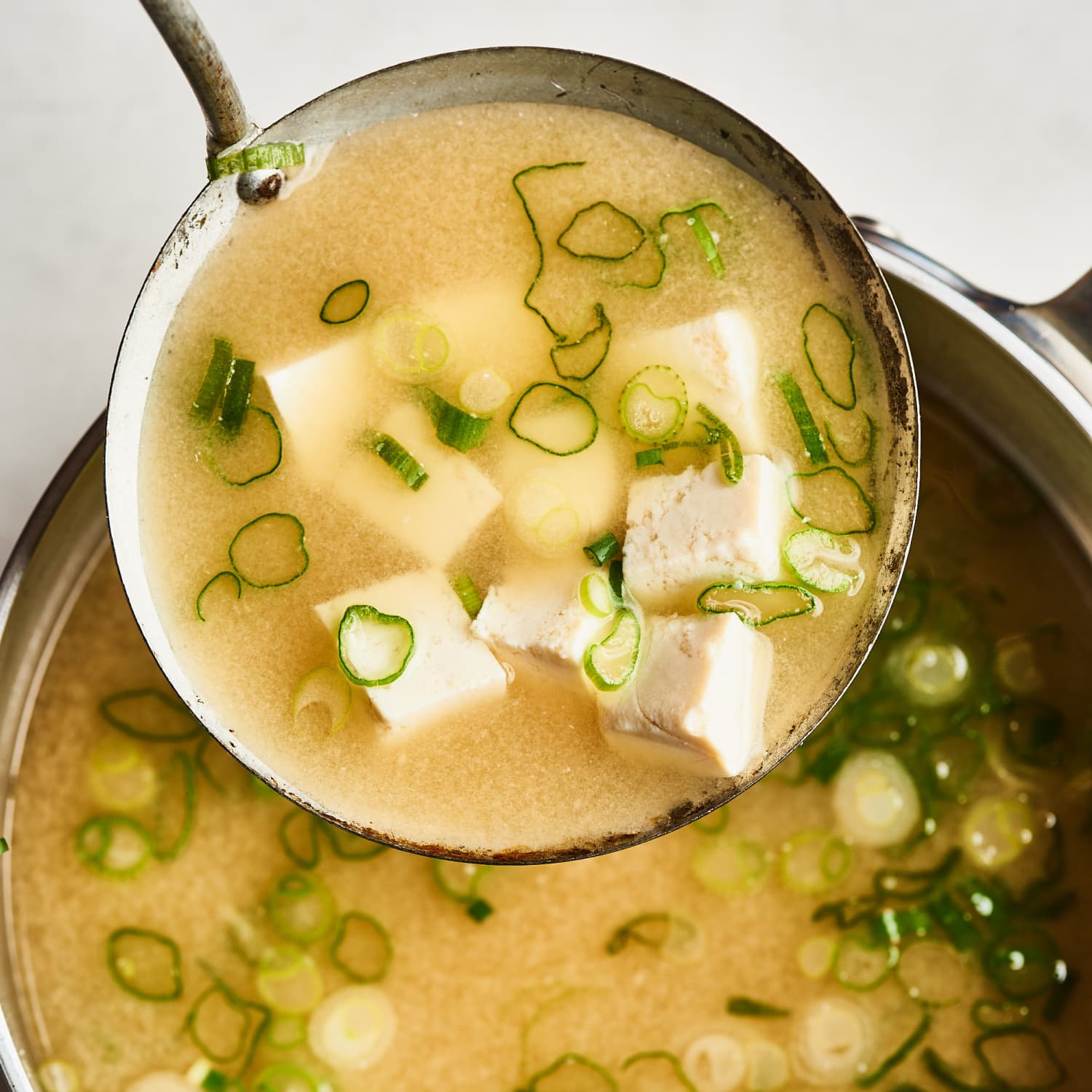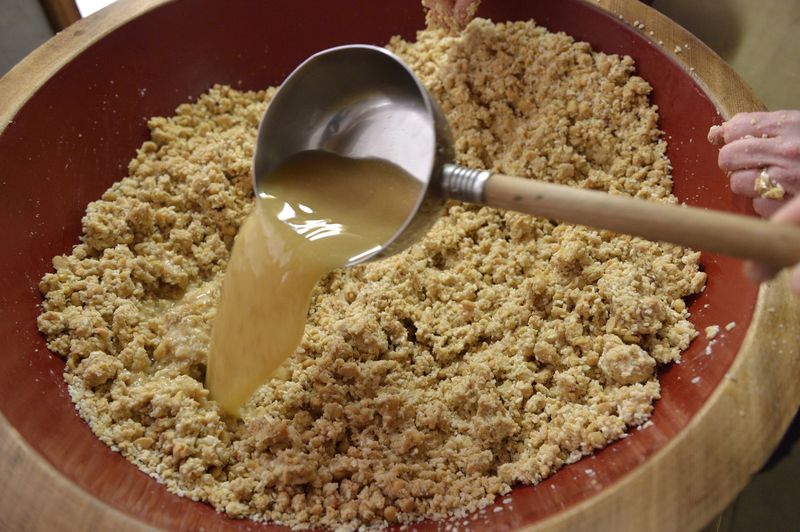
Place a good lid and a one pound weight on top to maintain pressure on the. What to look for in soybeans.

The book of miso out of print now but thankfully available free online is the number one english language resource for miso making both commercially and at home.
Making miso at home. Prepare the fermentation vessel by rinsing the sides of the jar with a little of the bean liquid or boiled water. Pour out the excess and then sprinkle salt evenly over the inside of the vessel. Pack the miso into the vessel a spoonful at a time tamping as you go to remove any air pockets.
The ratio of soybeans koji and salt determines the flavour of your miso. The more koji that is used the sweeter the miso gets. So to make the calculation easier chopstick chronicles fantastic team created a calculator tool for you.
All you need to do is input the dry soybeans amount you will use for the mixture. While the soybeans cook whisk the miso paste with cup of boiling water and allow it to cool to room temperature. Drain the soybeans when tender.
While still warm grind the soybeans until coarse using a suribachi ricer or food processor. You can also use your hands. Let the soybeans cool to room temperature.
All utensils which you use for the production of miso should be clean and preferably be rinsed with boiling water. These are the steps to make miso at home. Soaking the soybeans soak the soybeans during 3 hours in the water.
By that time the soybeans should have doubled in size. The most important step in miso making is cooking of beans. How the beans are cooked determines the color flavor fragrance and texture of the finished miso.
What to look for in soybeans. Beans from current year readily absorb water beans with good flavor. The better the cooked beans taste the better the miso will be.
Grab your pressure cooker. Place your soaked soybeans as well as the water in it. Cover and cook for about 40 minutes at maximum pressure to make the soybeans really soft simplifying the mashing process that will follow.
Once cooked grab a colander and drain the soybeans. Making miso at home also lets you control the inputs and experiment with americanized versions such as chickpea or black bean miso to subtly change flavors and expand your cooking horizons. To make miso at home you ll need to acquire a specialized inoculated rice culture called koji which is easily available on amazon.
Koji is a rice or. Other reasons why fall and winter months are best for making miso at home. The air is less humid and less prone to contamination.
Miso ferments slower in the lower temperatures which helps to develop a deeper flavor. Rice and soybeans are harvested in late fall so you get to use freshly harvested ingredients to make your miso. Soak and cook the soybeans until soft saving 1 3 4 cups of the cooking water for later use cool soybeans to room temperature.
Mix all ingredients well place the mixture in a clean container without any space. Sprinkle sea salt on the surface. Place plastic wrap over the top to eliminate exposure to air.
Place a good lid and a one pound weight on top to maintain pressure on the. The book of miso out of print now but thankfully available free online is the number one english language resource for miso making both commercially and at home. Miso can take as little as 3 weeks to make or as long as 5 years.
When you make miso you often get a secondary product called tamari which is like a super potent.